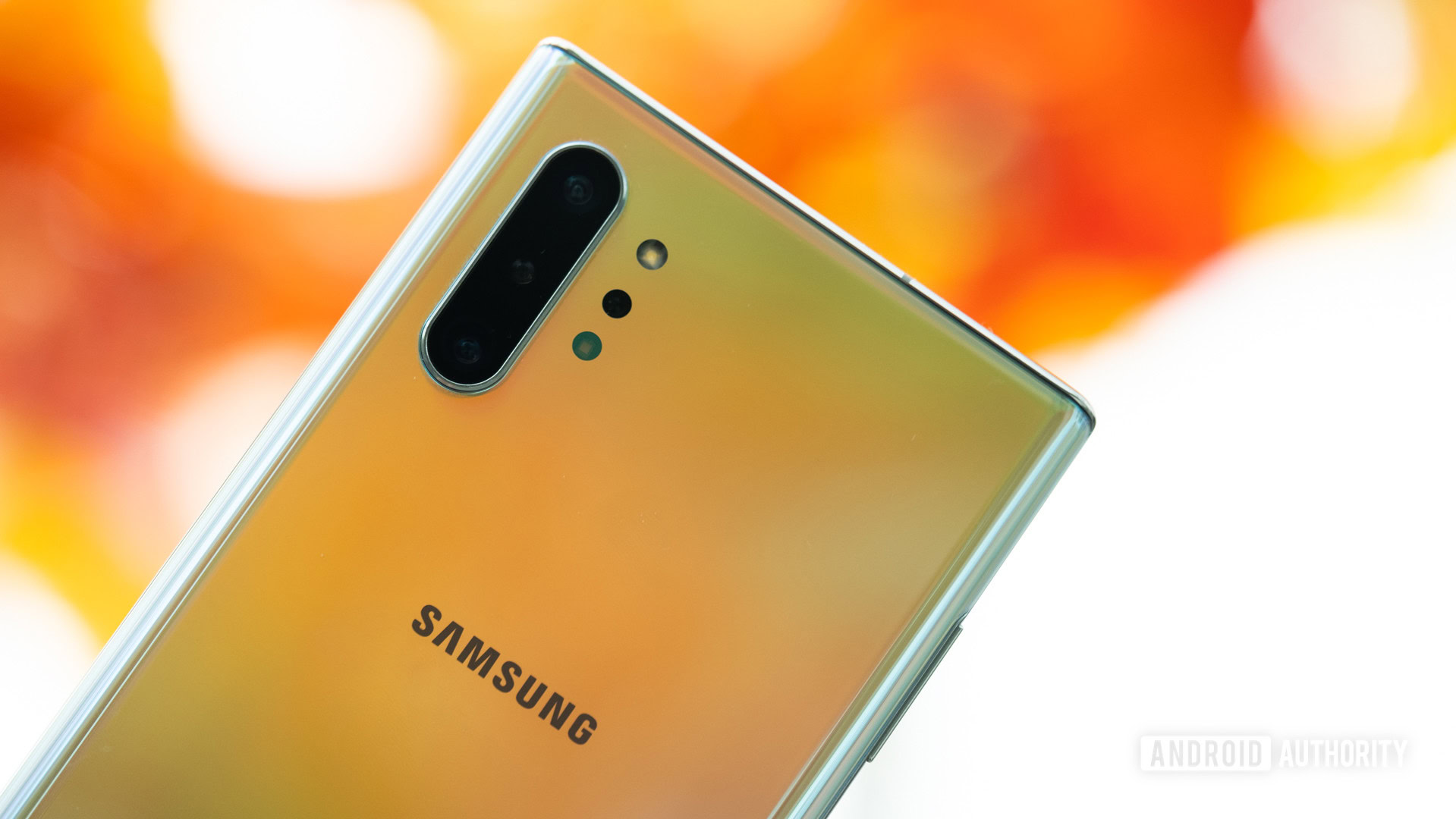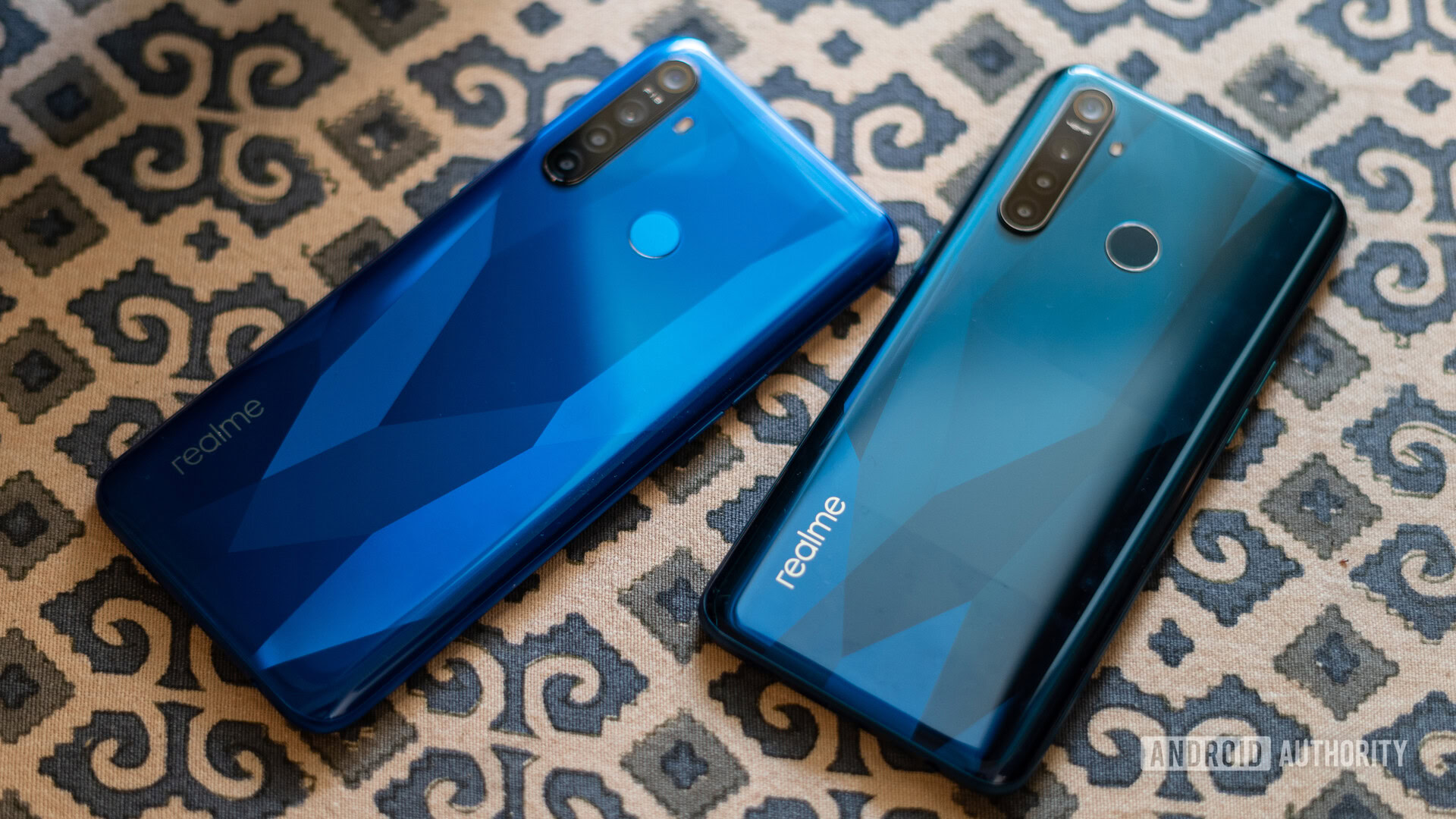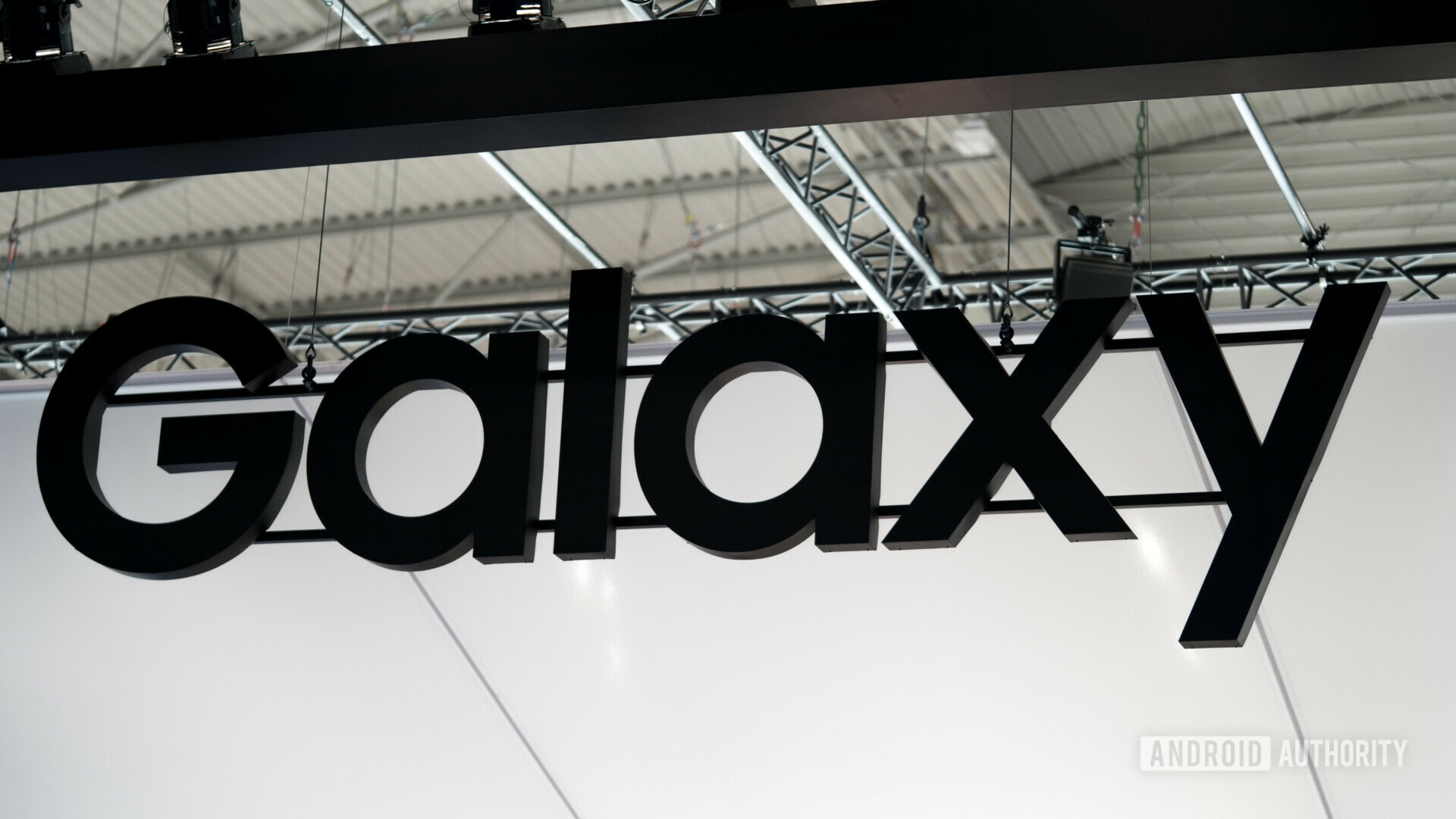Affiliate links on Android Authority may earn us a commission. Learn more.
Losing India would be a disaster for Samsung
November 15, 2019

Much has been made of the importance of India’s smartphone market over the past few years. India is the second-largest country for smartphone adoption in the world, nestled between top place China and third place US. With a smartphone penetration rate of just 25%, India is the largest market left with room to grow. It’s one of the few markets where smartphone brands are still able to jocky and tussle to effect major changes in share and sales.
According to data from IDC, India’s smartphone market shipped a record 46.6 million units in Q3 2019. That’s up 9.3% on the previous year — a miraculous statistic given that the global market is essentially flat, according to data from Counterpoint.
Unfortunately for Samsung, its share of the increasingly lucrative Indian market is in decline. The company was riding high on a 22.6% market share during Q3 2013. At the same point this year, Samsung’s market share is down to 18.9%, and phone shipments have slipped from 9.6 to 8.8 million. Samsung remains the second-largest smartphone manufacturer in India behind leader Xiaomi. But Vivo, Realme, and Oppo are quickly closing the gap.
Samsung already decimated in China
On its own, this yearly share drop is not particularly alarming. However, it follows a complete collapse of Samsung’s market share in China just a few years ago.
Samsung’s market share in China currently registers below one percent, leaving the company well outside the top five in recent data from both IDC and Counterpoint. You have to return to 2015 to find Samsung’s peak market share in China. The company was once a dominant brand capturing 20 percent of the market. Samsung’s second-place position in India is by no means assured, in even the short term.
Market share in India has started a downward trajectory, following a complete collapse in China.
In just four years, the world’s biggest phone brand completely disappeared from the world’s largest smartphone market. Samsung’s market share is also on a downward trajectory in the world’s second-largest market, India, while the US — the third-largest market — has been stagnant for years. If Samsung’s performance in India goes the way of China, the smartphone giant will be out of the two biggest and still fastest growing mobile markets. This will inevitably have implications for its global market presence and financial performance. The outlook isn’t great in this scenario, following Samsung’s weak Q3 2019 financial statement.
Competing with China’s affordable brands

The comparison between China and India is apt for one key reason — Samsung’s Chinese competitors.
The Chinese smartphone market is currently carved up mostly between Huawei (42%), vivo (18.3%), and OPPO (16.6%), with Xiaomi in fourth place on 9.8%. These brands are dominant in India too, ranking in order of Xiaomi (27.1%), Samsung (18.9%), vivo (15.2%), realme (14.3%), and OPPO (11.8%). Furthermore, these Chinese brands are expanding fast in India, ranging from 8.5 to 400% growth in the last year.
Chinese brands combined attractive, affordable phones with aggressive distribution strategies.
For those who follow the phone market closely, the appeal of these brands over Samsung isn’t surprising. These phone brands offer visually striking looks, combined with a focus on camera hardware, wrapped up in affordable price tags. Chinese brands pump out a huge number of models each year, targeting a range of price points and market demands.
Samsung is comparatively sluggish with its Galaxy A and Galaxy M launches. The company has made some notable improvements to these ranges in 2019 to make them more competitive on hardware, but it’s still the Chinese alternatives that are often the better deal. Chinese smartphone brands are also more prevalent in offline store spaces and are spending big money on advertisements and sponsorships for extra exposure. They’re now pumping in resources to secure a spot at the table for years to come.
2020 is a defining year

As the smartphone industry’s biggest manufacturer, the pressure is on Samsung to sustain momentum. An increasingly difficult task as the global smartphone market has stuttered to a halt. Another failure in India over the coming years would certainly be problematic for Samsung’s future growth prospects. Despite the brand’s continued dominance in Europe, Korea, and a hefty slice of the US, these markets are saturated. A sales contraction seems possible as consumers hold onto devices for longer. That wouldn’t just bad news for Samsung’s mobile sales, but for its other businesses that supply processing, display, and other components to its smartphone division as well.
On the plus side, Samsung is still a major brand in Brazil, with a 40% or so share of the world’s fourth-largest phone market. Brazil still has plenty of growth left in it too, as does Russia, although Samsung’s market share has been falling there, too.
2020 could be a make or break year for Samsung in these markets. It’s very difficult to break through once growing markets mature and are carved up among the big players. The company has to stem to loss of share quickly, which will require substantial investments not only in competitive phones but in marketing and distribution channels.
The Samsung Galaxy brand certainly won’t be disappearing from Western markets any time soon, but there’s a real possibility that it will be Chinese phone brands that rule the biggest markets in the wider world.